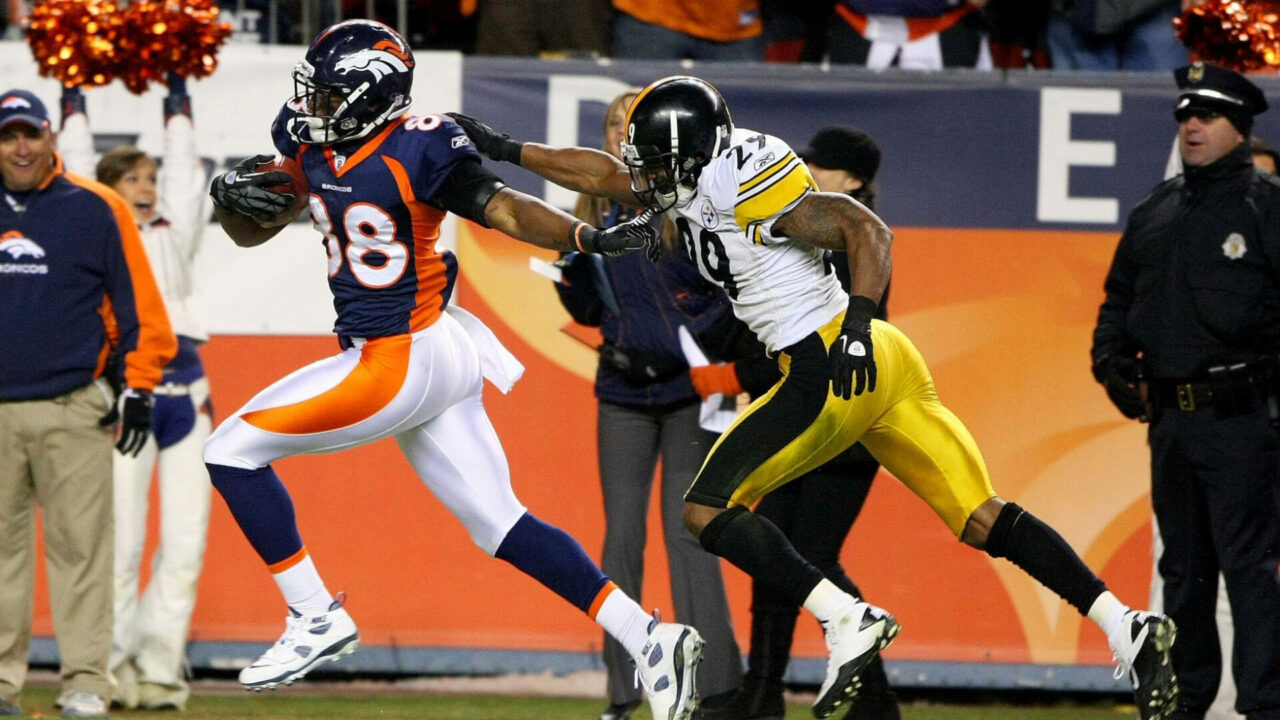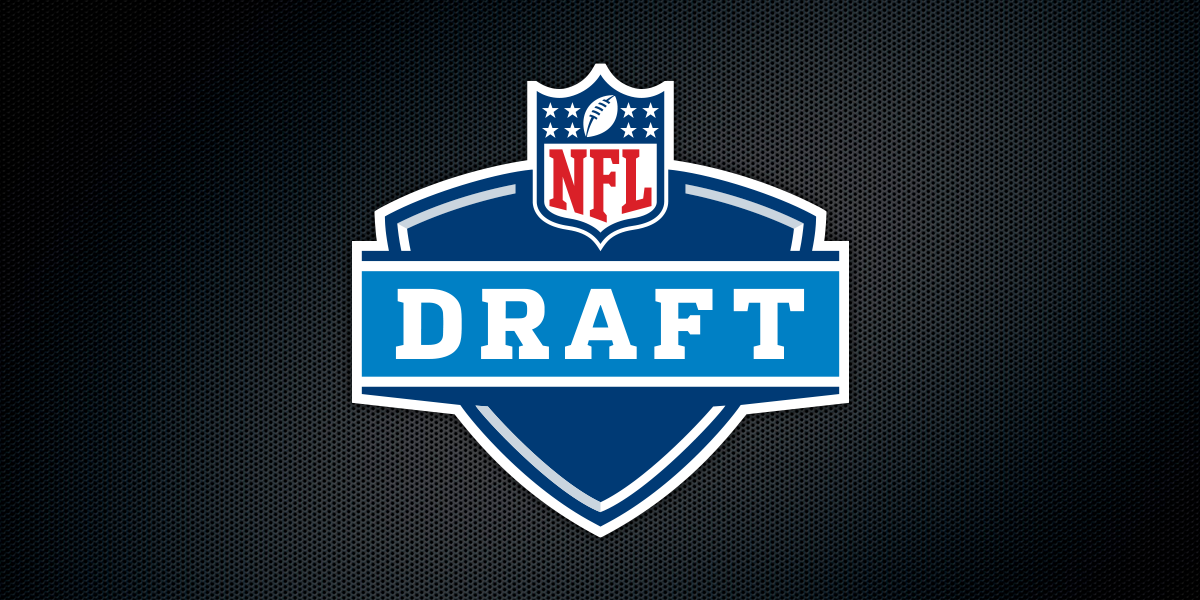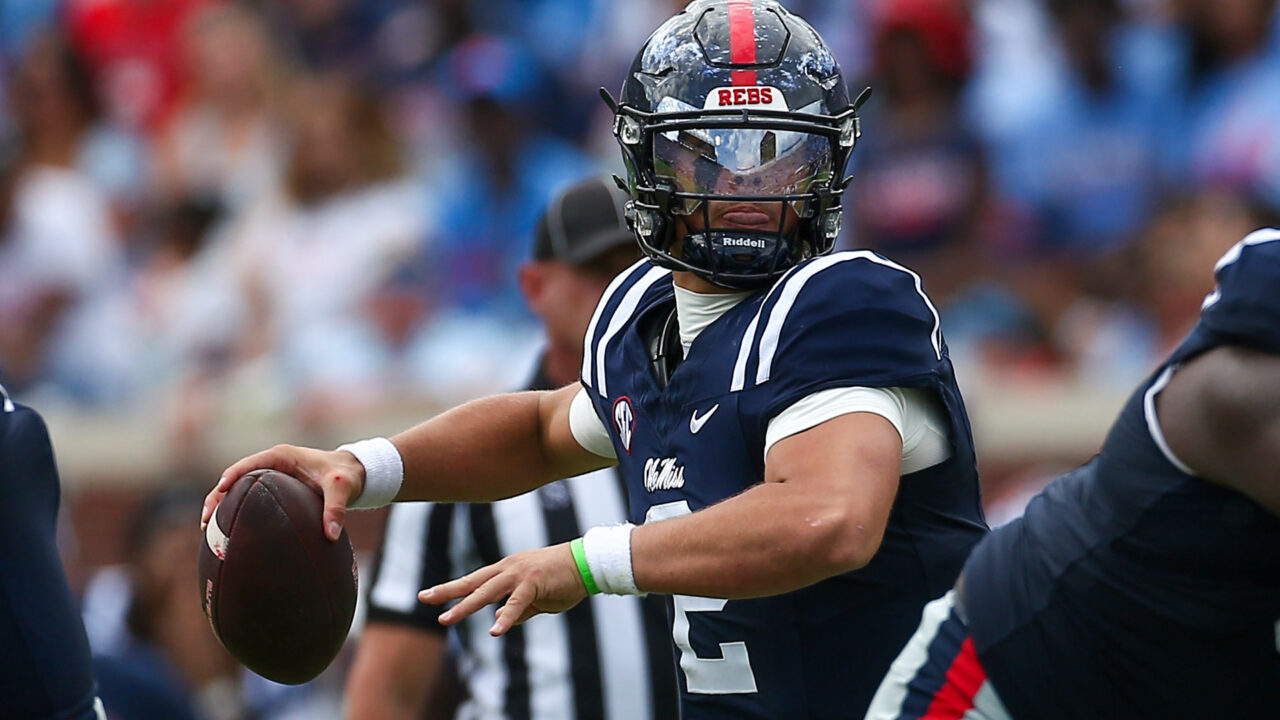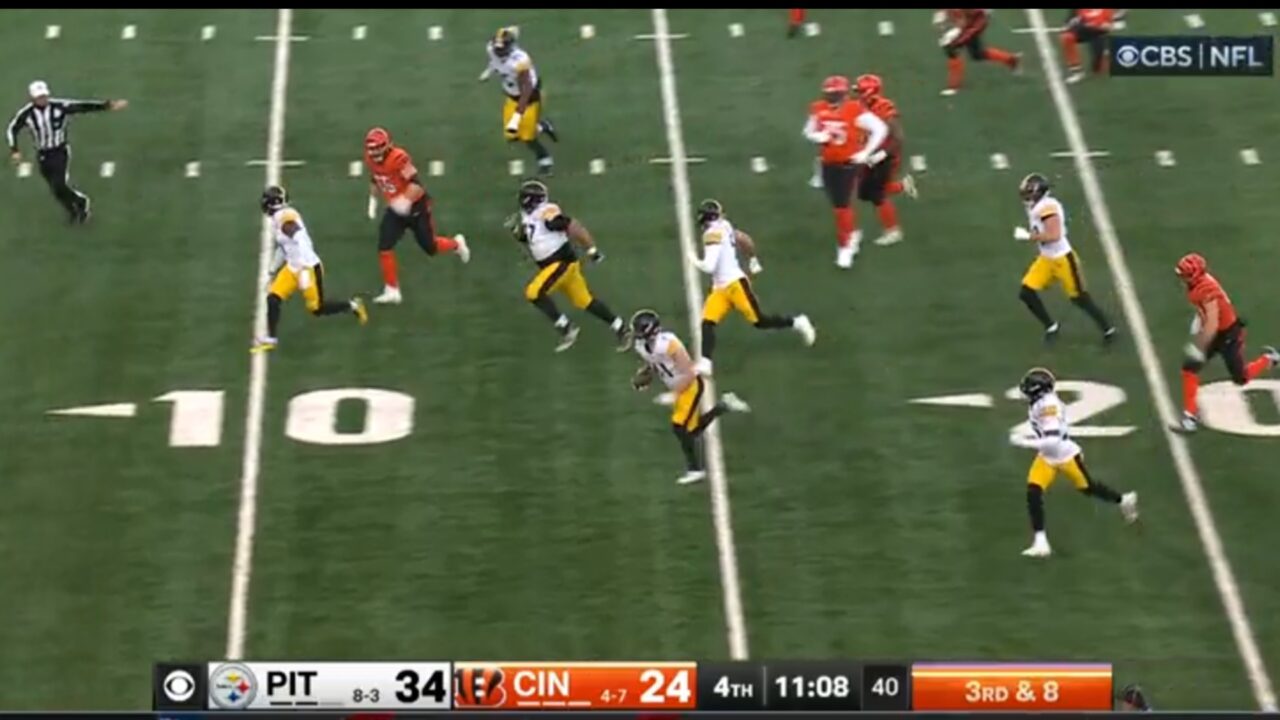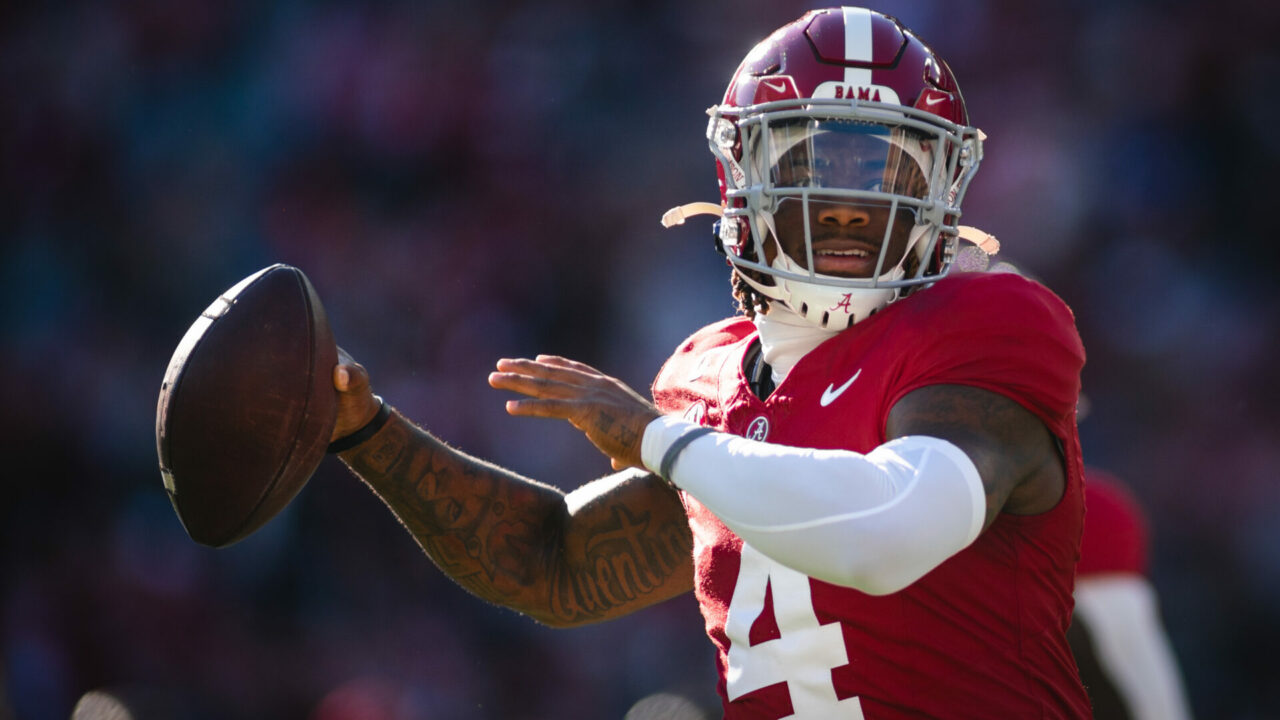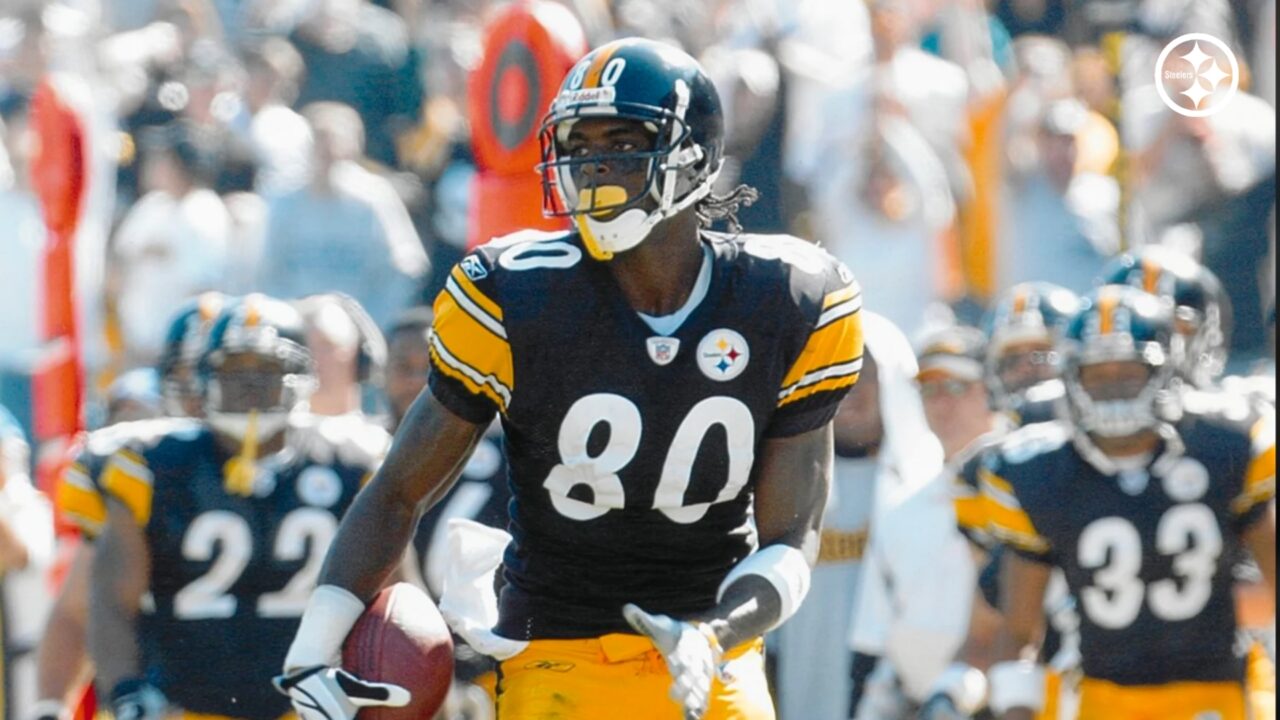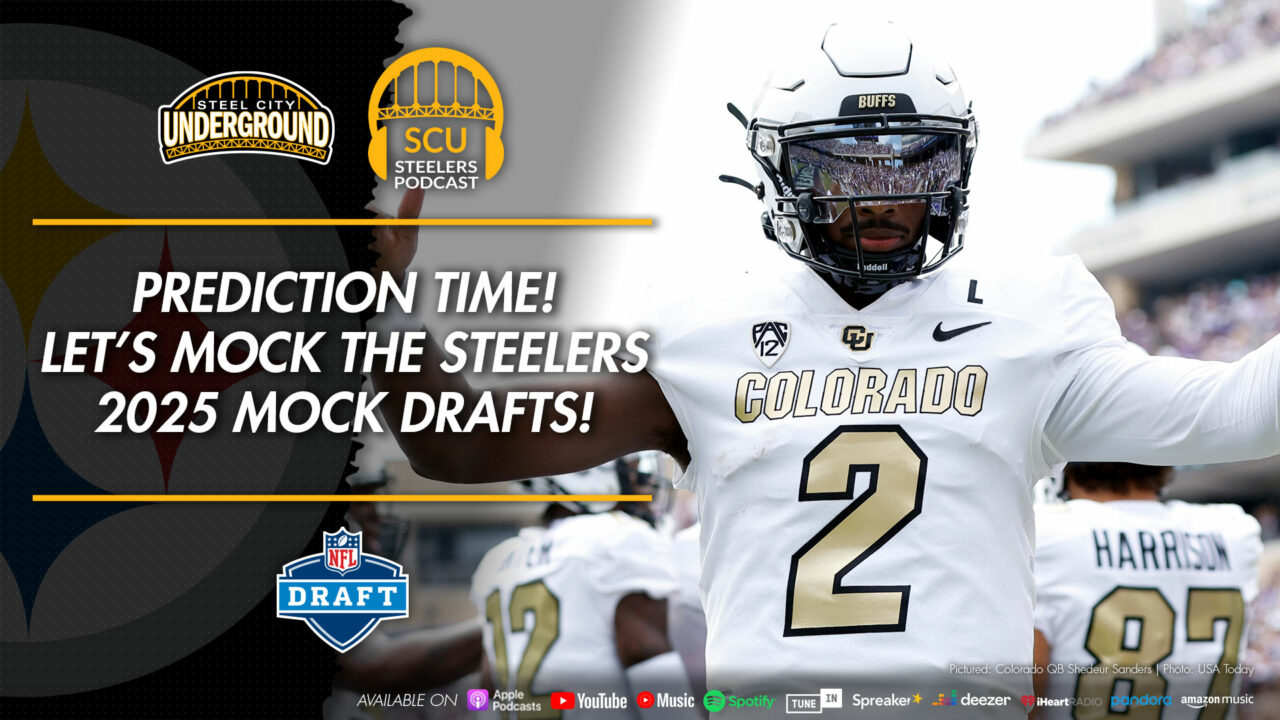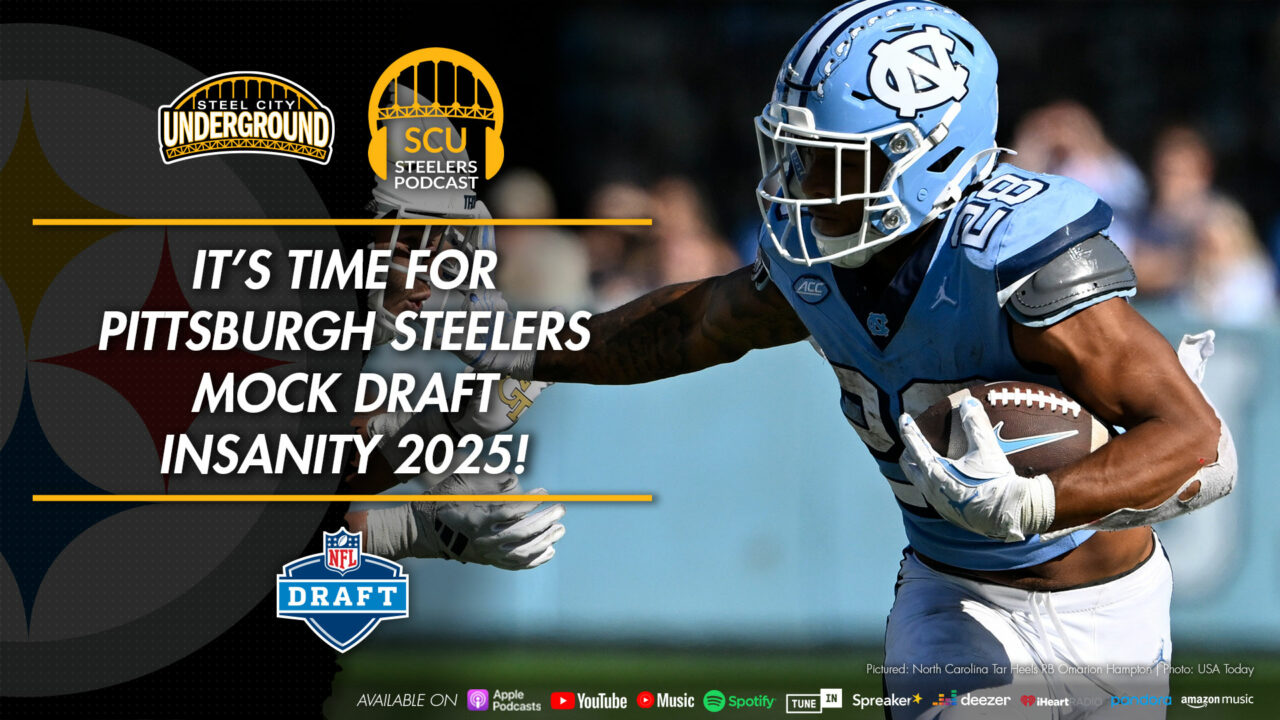Throwback Thursday: Broncos stun Steelers in first overtime under new rules
Steel City Underground takes fans back in time to feature events, special moments, and historical times and players in the world of the Pittsburgh Steelers and Steelers Nation. Join us in our “Steelers Throwback Thursday” series as we revisit these moments.
One of the most memorable moments in NFL playoffs history is also one of the most painful memories for Steelers Nation.
A supposed team of destiny that was starting to show signs of age, the Pittsburgh Steelers had won Super Bowl XL and Super Bowl XLIII before making another trip to the big game after the 2010 NFL season. The Steelers would fall in Super Bowl XLV to the Green Bay Packers, in a close 31-25 contest.
The fallout from that season fueled the fire for what looked like a team that was ready to make a repeat appearance and avenge their loss from one year earlier. The 2011 Pittsburgh Steelers would finish the regular season 12-4 but in second place in the AFC North. The Baltimore Ravens, who were also 12-4, held the tiebreaker over their rivals by sweeping them 2-0.
This meant instead of hosting a home playoff game, the Steelers would have to travel during the Wild Card round. Their opponent? The streaky-hot Denver Broncos, who captured a bottle of lightning when head coach John Fox installed Tim Tebow as their starting quarterback after beginning the season 1-4. Tebow would turn the team around, winning his first start in overtime: a recurring theme for Denver who would win three of their regular season games in overtime as Tebow led them on a 7-1 record as their starter.
However, the Broncos were fortunate to make the postseason as they slid into a three-game losing streak to end the season, finishing 8-8 in a three-way time in the AFC West with the San Diego Chargers and Oakland Raiders. Despite their lower record, Denver would host a postseason game due to winning their division.
Sports Authority Field at Mile High would be the backdrop for the Sunday afternoon clash that many felt would be a cakewalk for the Steelers, as they coasted into the postseason by sitting players for rest as early as two weeks before the Wild Card date.
However, there were still some concerns for Pittsburgh as the Steelers weren’t at full strength entering the game. Star running back Rashard Mendenhall was placed on injured reserve with a knee injury sustained during the next-to-last game against the St. Louis Rams. (In which QB Charlie Batch started for the Steelers, as the team rested several other starters during Week 15.)
Safety Ryan Clark is the most famous of the absent players from the Steelers-Broncos game due to what would transpire as it unfolded. Clark, who has sickle cell disease, could not participate in the Mile High atmosphere.
Due to the nature of Denver’s close, one-score wins and making the playoffs by the skin of their teeth, they weren’t expected to match Pittsburgh’s top-ranked defense, which was first in the league in points, yards, first downs allows and most importantly, the best against the pass. Broncos QB Tim Tebow was far from a prolific pro passer, completing only 46.5% of his passes throughout the regular season, and ending his year with games of 185 yards passing (1 touchdown, 3 interceptions) against the Buffalo Bills and going 6-of-22 for 60 yards with a pick against the Chiefs.
The Steelers had only allowed one opponent to score more than 20 points on them all season: the Baltimore Ravens. (Who did it twice, both Steelers losses.)
Also setting the stage for this high stakes game was a new set of NFL overtime rules. Up until this point in league history, the first team to score would win in sudden death fashion. However, the 2011 playoffs changed the luck of winning the coin toss and kicking a field goal for victory to allow for both teams to possess the ball in OT.
There was one caveat: the first team to score a touchdown wins immediately. If the first team scores a field goal, the other team would still get a chance to possess the ball. Do note, the rules have been modified further since 2011 for both the regular season and postseason. If you want to know more about the overtime rules, head over to sportslimitless.com where it is perfectly explained.
It almost seems scripted that a game that shouldn’t have been close was tight as could be. The Steelers opened up the scoring with two Shaun Suisham field goals, but Tebow would throw a 30-yard touchdown pass to Eddie Royal to see the Broncos take a 7-6 lead. A Tebow rushing touchdown, followed by two Matt Prater field goals to close the half would see Denver take a 20-6 lead as the third quarter kicked off.
The Steelers would march back into the game, first with a Mike Wallace touchdown run, and then the two teams trading field goals before Ben Roethlisberger connected with Jerricho Cotchery for a 31-yard TD strike that would knot the game at 23-all.
That’s where the game would end in regulation, as the two sides met in the middle of the field with the Broncos winning the coin toss and electing to receive the ball first. What happened next is a story for the ages that still lives in the nightmares of Steelers fans.
The television commentary explained the new overtime procedures, but almost as quickly as they affirmed the game would end on a touchdown, it did.
With Ryan Clark absent, the Broncos took advantage of backup safety Ryan Mundy and some miscommunication on first down. According to NFL.com’s 100 Greatest Plays:
On the first play of overtime, from the Pittsburgh 20, the left-handed Tebow faked a handoff, reared back and threw a nice ball down the middle to an open wide receiver, Demaryius Thomas. Thomas stiff-armed a would-be tackler and then used some remarkable speed to outrun two Steelers for an 80-yard TD and a 29-23 victory.
Never in NFL history had an OT period been so brief; for Tebow, who completed less than half of his passes during his very short career, the game was his best-ever: he threw for 316 yards. None of that magic carried over to the next game, however, as Tebow and the Broncos got trounced at New England, 45 to 10.
While Tebow would last one more season as an off-and-on starter in the NFL, the game would also be a meaningful turning point for the Steelers. Mendenhall would never return to form his injury. Pittsburgh’s wide receiver group would also be dismantled, as this was the last game Hines Ward played in before retirement and Mike Wallace would holdout for a contract he would never receive in the following offseason, leaving the Steelers one year later.
Several changes would occur on defense too, James Farrior retired. Casey Hampton would follow him one year later, while James Harrison would be released following contract disputes after the 2012 season. LaMarr Woodley, a large contributor to the defensive success, carried his 2011 injury-plagued season into two more and never played a full season with Pittsburgh again.
Others would trail off in the coming years, marking this loss as a major pivot point in Steelers history as a historic Super Bowl 43 defense in 2008, considered by many to be one of the best ever, could’ve been eclipsed by this 2011 version. However, the Broncos played an unlikely foil that still leaves a bad taste in the mouths of Steelers fans who are still waiting for that return trip to the big game.
